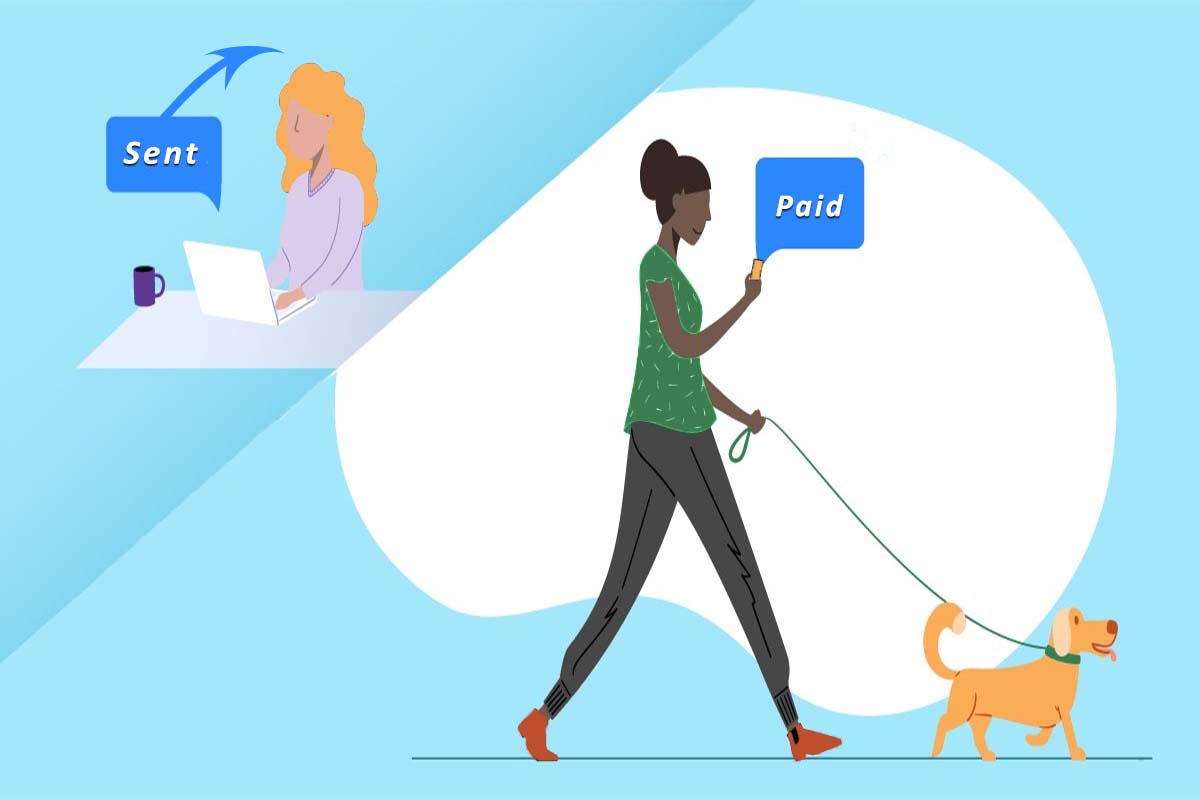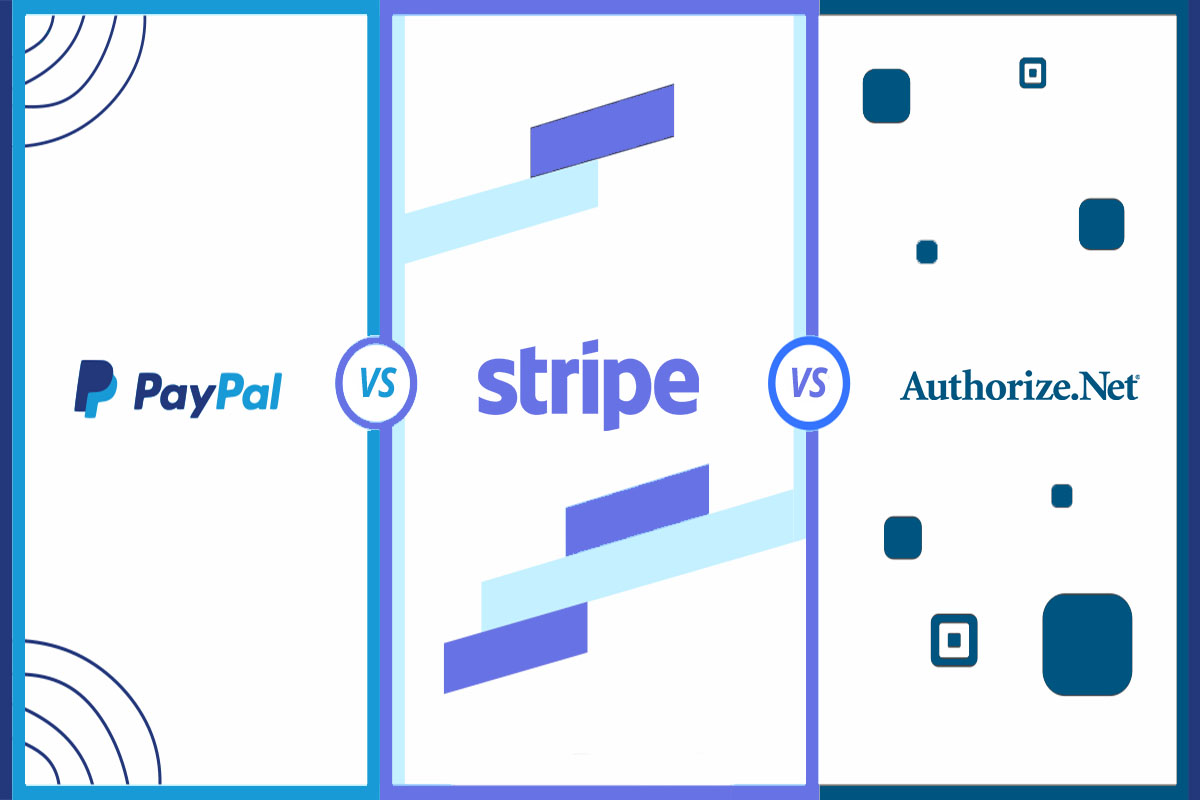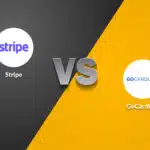
Choosing Sides: The PayPal vs. Square Decision
In today’s rapidly evolving landscape of digital payments and financial solutions, the decision between PayPal and Square has become a pivotal choice for individuals and businesses alike.
With both platforms offering unique features, seamless transactions, and tailored solutions, the question of whether to align with PayPal or Square has become a strategic consideration that can significantly impact financial interactions.
As we delve into the intricacies of this decision, it’s essential to explore the diverse functionalities, advantages, and drawbacks that each platform brings to the table, enabling you to make an informed choice that aligns perfectly with your specific needs and goals.
Welcome to the ultimate showdown: Choosing Sides in the PayPal vs. Square dilemma.
PayPal: Revolutionizing Online Transactions
PayPal, founded in 1998 by Max Levchin, Peter Thiel, and Luke Nosek, emerged as a pioneering force in the realm of digital payments. Initially conceived as a way to make secure and convenient online payments, PayPal rapidly transformed into a global platform facilitating transactions between individuals, businesses, and online retailers. Its user-friendly interface and emphasis on buyer and seller protection helped establish it as a trusted intermediary for electronic commerce.
One of PayPal’s standout features is its widespread acceptance across various online platforms and marketplaces, making it a default choice for many consumers and sellers alike. Over the years, PayPal has expanded its services to encompass peer-to-peer transfers, subscription payments, and even point-of-sale solutions, solidifying its presence as a comprehensive digital payment ecosystem.
Read more: Payment Gateways Demystified: Mollie vs PayPal
Square: Empowering Businesses with Seamless Payments
Square, founded in 2009 by Jack Dorsey and Jim McKelvey, emerged as a disruptor in the payment industry with a focus on empowering small businesses and entrepreneurs. Its flagship product, the Square Reader, revolutionized point-of-sale transactions by allowing anyone with a smartphone or tablet to accept credit card payments. This democratization of payment processing created a level playing field for small merchants and vendors who previously faced barriers to accepting electronic payments.
Square’s ecosystem expanded to include a suite of business tools like invoicing, inventory management, and employee management, providing a holistic solution for entrepreneurs.
Notably, Square ventured into the peer-to-peer payment space with its Cash App, enabling users to send money to friends and family seamlessly. With its commitment to simplicity and accessibility, Square has redefined the way businesses handle payments and manage operations.
Read more: Choosing the Right Website Builder: Square vs. Wix
PayPal vs. Square Comparison
PayPal and Square are two prominent players in the digital payment industry, each offering distinct features and catering to different segments of users.
Let’s compare Square vs. PayPal across various aspects:
1. Core Functionality
PayPal: PayPal was originally established as an online payment platform, allowing users to securely make purchases and transactions online.
It has since expanded to include a variety of services, including person-to-person money transfers, business payments, and even support for subscription billing. PayPal’s versatility makes it suitable for both personal and business transactions.
Square: Square began with a focus on simplifying payment processing for small businesses. Its Square Reader, a small device that connects to smartphones or tablets, enables merchants to accept credit card payments anywhere.
Square has since expanded its offerings to include point-of-sale solutions, inventory management, employee management, and other business tools.
2. Ease of Use
PayPal: PayPal’s user interface is known for its user-friendly design and intuitive navigation. Creating an account, linking bank accounts or cards, and making payments are straightforward processes. Users can also send money to others using just their email address or mobile number.
Square: Square is designed with simplicity in mind, particularly catering to small business owners who may not have technical expertise. The Square Reader’s plug-and-play functionality and the user-friendly dashboard for business management contribute to its ease of use.
3. Merchant Services
PayPal: PayPal offers a range of merchant services, making it suitable for businesses of varying sizes. This includes PayPal Checkout for online payments, PayPal Here for in-person transactions, and PayPal Invoicing for sending invoices to clients.
PayPal also integrates with numerous e-commerce platforms, making it a versatile solution for online retailers.
Square: Square’s primary focus is on providing comprehensive solutions for small businesses. Its point-of-sale systems are particularly popular, enabling businesses to process card payments easily.
Square also provides tools like Square Invoices for billing, Square Appointments for scheduling, and Square for Restaurants for the food industry.
4. Peer-to-Peer Transactions
PayPal: PayPal was initially recognized for its peer-to-peer payment capabilities. Users can send money to friends and family quickly using PayPal’s platform, either through their PayPal balance or linked bank accounts/cards.
Square: Square expanded into peer-to-peer payments with its Cash App. Similar to PayPal, the Cash App allows users to send and receive money, but it also has features like the ability to invest in stocks and purchase Bitcoin.
5. Fees
PayPal: PayPal’s fee structure can be complex, depending on the type of transaction and the currency involved. There might be fees for receiving payments, currency conversion, and more. Fees for business transactions can vary based on factors such as transaction volume and location.
Square: Square’s fee structure is generally transparent. For instance, its point-of-sale transactions typically have a flat fee or a combination of a flat fee and a percentage of the transaction amount. This transparency can be appealing to businesses seeking predictable costs.
6. Global Availability
PayPal: PayPal is widely accepted internationally, allowing users to send and receive money across different countries and currencies. It has a substantial global presence and is a popular choice for cross-border transactions.
Square: Square’s availability varies by region, with a stronger presence in certain countries like the United States. Its services might not be as universally accessible as PayPal’s.
7. Ecosystem Integration
PayPal: PayPal’s integration with various online platforms, marketplaces, and e-commerce systems has contributed to its popularity. Users can seamlessly use PayPal for online purchases and transactions on numerous websites.
Square: Square’s ecosystem is designed to provide an all-in-one solution for small businesses. This integration extends beyond payments to tools like inventory management, appointment scheduling, and more. It’s particularly beneficial for entrepreneurs seeking a cohesive suite of tools.
Read more: Clash of the Payment Titans: Authorize.Net vs. Square
Final Word
Thus, PayPal and Square each have their strengths.
PayPal Verdict: PayPal is renowned for its widespread acceptance, international reach, and diverse services. It’s a better fit for e-commerce businesses.
Square Verdict: Square’s focus on empowering small businesses through its suite of tools and user-friendly point-of-sale solutions makes it a favoured choice for local vendors. It’s more suited for in-person and mobile transactions.
The choice between PayPal vs. Square depends on the specific needs of the user, whether it’s a business owner, an individual, or someone looking for user-friendly peer-to-peer payment options.










